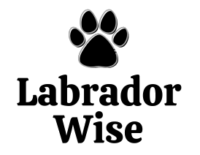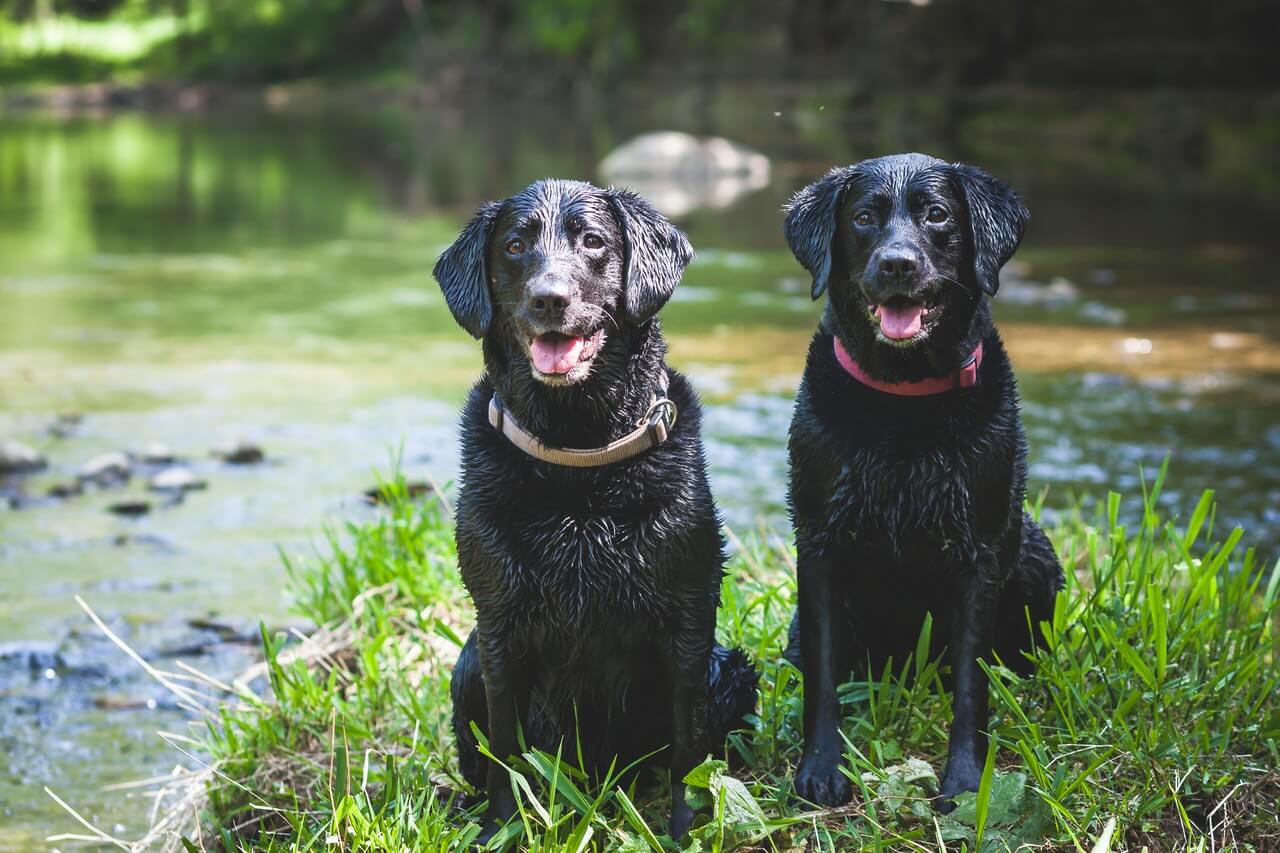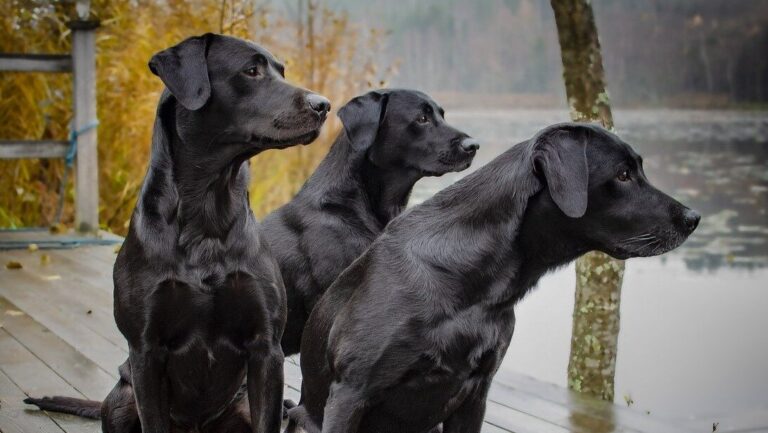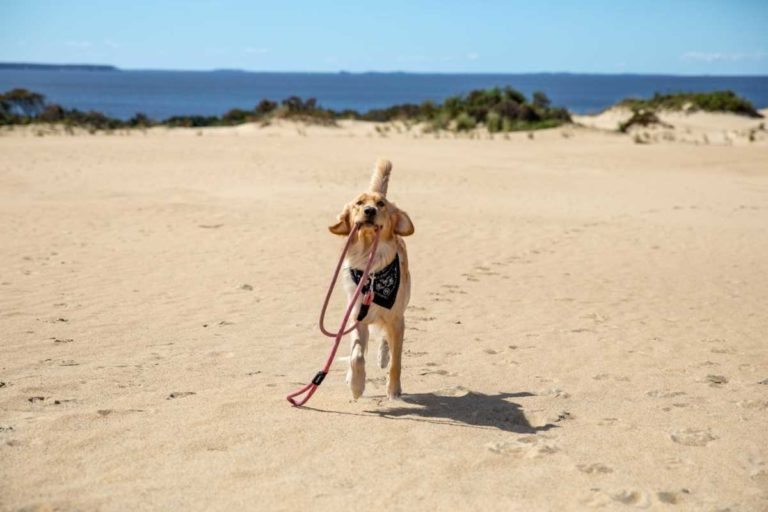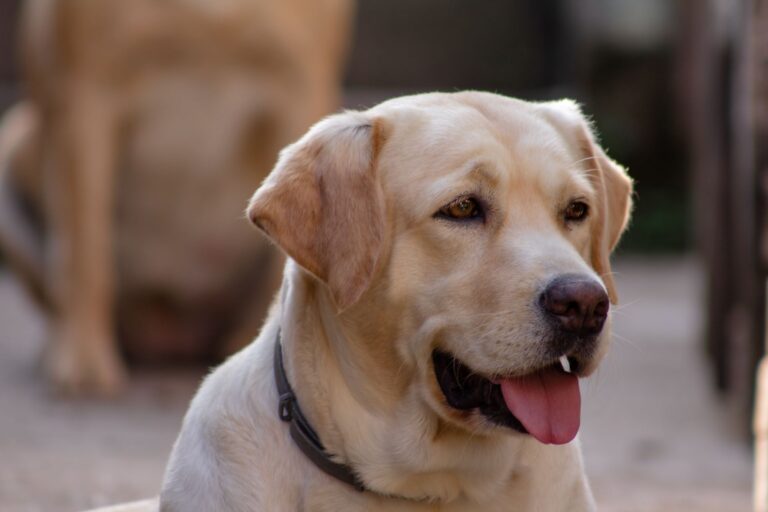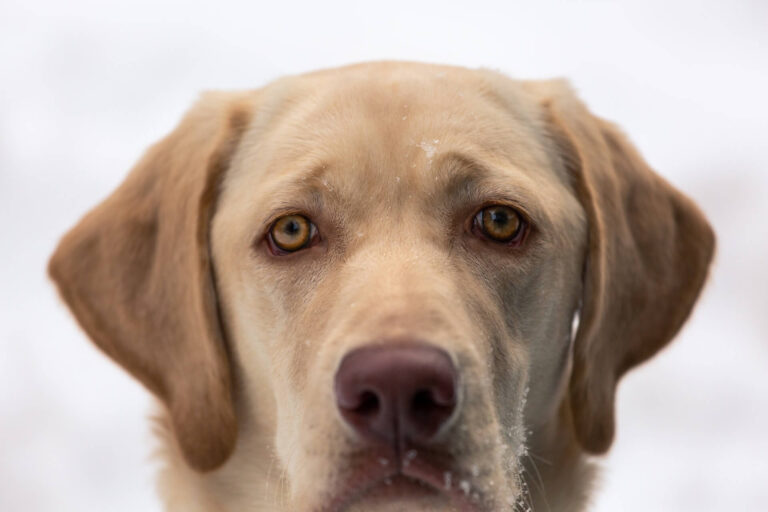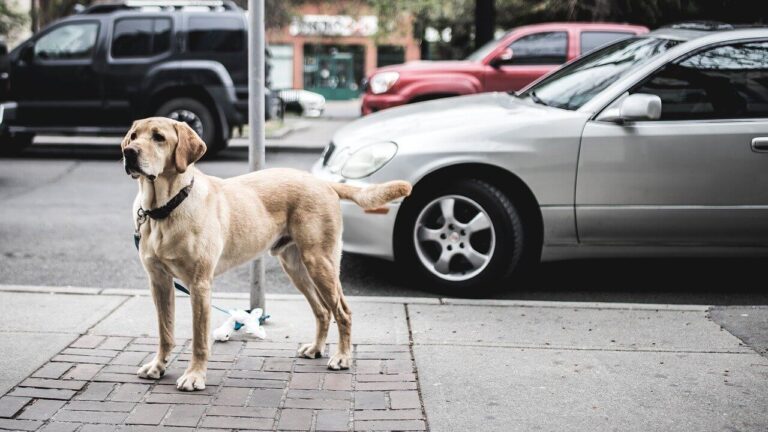Introducing a new dog to your current dog correctly and safely is critical to establishing a great relationship from the start.
Whether you’re adopting a rescue dog or getting a new puppy, it’s important to acclimate your new furry arrival safely and appropriately to your existing household environment.
You want the transition to be as smooth as possible to avoid possible disruption to your current dog, as well as not to cause any trauma for the new dog you’re bringing in.
A first impression of a new home environment can have a powerful impact on a dog, especially a new puppy, or a rescue dog that may be arriving to your home with some previous negative experiences from interactions with other dogs.
Ensuring that you introduce them correctly and appropriately will help make this process easier.
Dogs can become accepting of new members of the pack, and over time become inseparable buddies. But this won’t always happen right away!
We’re going to help you by showing you some important steps you can take at the beginning to help the transition go as well as possible, and make things easier for everyone.
Labrador Retrievers are known for their even-tempered, friendly, and good-natured attitudes, but it’s still important to consider the individual traits of each dog and introduce them appropriately to another new canine friend.
(If you’re still in the research phase of trying to figure out what breed of dog fits your lifestyle best, check out Facts About Labrador Retrievers to give you some guidance on your decision).
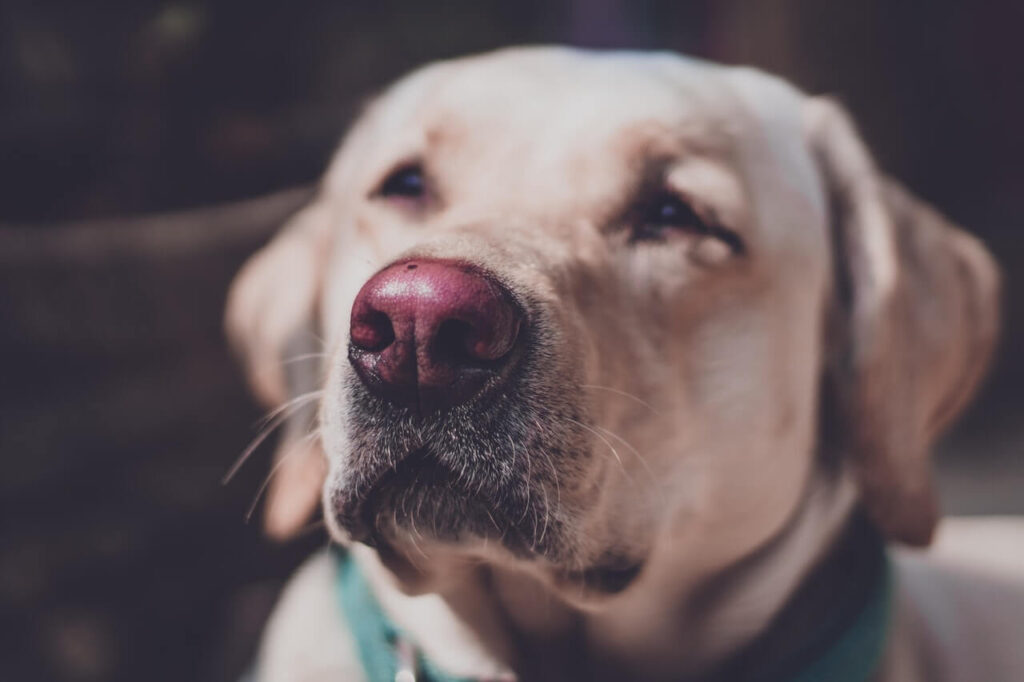
We’re going to go over how to best introduce any new dog you get to your current dog to help minimize any conflicts or frustrations you might encounter.
Let’s get started!
Introducing a New Dog to Your Current Dog
Assess the Temperaments of Your Current Dog & New Dog
The first step in the process of introducing a new dog to your existing dog is to consider what type of personality your current family dog has and how they’ve interacted with other dogs in the past.
- What types of experiences has your current dog had around other dogs?
- Have they been socialized frequently, been to dog parks or activities such as doggie daycare, or inside stores that allow dogs?
- Have you had an opportunity to observe their behavior with neighbor dogs or with friends’ dogs?
- Does your current dog have a history of being submissive or aggressive when greeting other dogs?
- Does your current dog tend to be frightened or fearful when they interact in public places (such as dog training classes or a pet store) with other pets?
This can give you insight into how to expect your dog to act when introducing them to a new canine member of your household.
(This article may contain affiliate links. As an Amazon Associate I earn from qualifying purchases. Learn more)
You’ll also want to consider the same questions about the new dog you’re adding to your household.
Is this dog a new, young puppy with few experiences in socialization beyond their litter?
Sometimes Labrador puppies will be braver among their mother and littermates when meeting a new dog.
When a puppy is away from the litter and by themselves, they might be much more shy or timid, especially if meeting a fully-grown adult dog.
Size differences can be intimidating, especially if you’re a 10 lb Lab puppy meeting an adult Labrador Retriever between 80-100 lbs.
If the new dog you’re adding to the family is a shelter dog or rescue, consider that they might come with a previous history, possibly unknown to you, of both positive and negative dog interactions.
If you’re adopting from a shelter or a rescue, this will be a critical part of the information you obtain from them when choosing your new dog. Try to find out as much as you can.
It’s important to ask about what the shelter staff or rescue volunteers have observed about your new dog’s behavior, especially in their interactions with other dogs.
Be aware that dogs can feel stressed when in an environment such as a shelter or a rescue foster home, and won’t always act normally when they’re under that type of stress.
They may be more timid (or even aggressive) with other dogs in that stressful environment. The shelter staff or rescue volunteers will be a great source of information about what they’ve observed in this dog’s behaviors.
Many rescues will also give you an opportunity to bring your current dog to meet a possible rescue you might be adopting, to see if it seems like a good fit initially between the dogs (before committing further). This is also a sign of a great rescue group!
Be aware that dogs won’t necessarily behave the same way around a new dog at home or in their household as they would in a public place.
This brings us to the next important step in introducing a new dog to your household… location!
Begin on Neutral Ground When Introducing a New Dog
Once you’ve made the decision about choosing the right dog for you, the next step in introducing your new dog to your current dog is the critical initial first-time introduction.
Labrador Retrievers tend to be friendly and playful with other dogs, but as with any breed of dog, you won’t necessarily find them instantly warming up to another dog on their “turf.”
For the initial introduction and the very first meeting between current dog and new dog, it’s a good idea to conduct this on neutral ground.
What that means is we don’t recommend you do this initial meeting inside your home, and preferably not on your property.
If you live in a neighborhood with a park or public area, that type of location would work well. If you don’t have that kind of home setting, we suggest you at least have the dogs meet first outside.
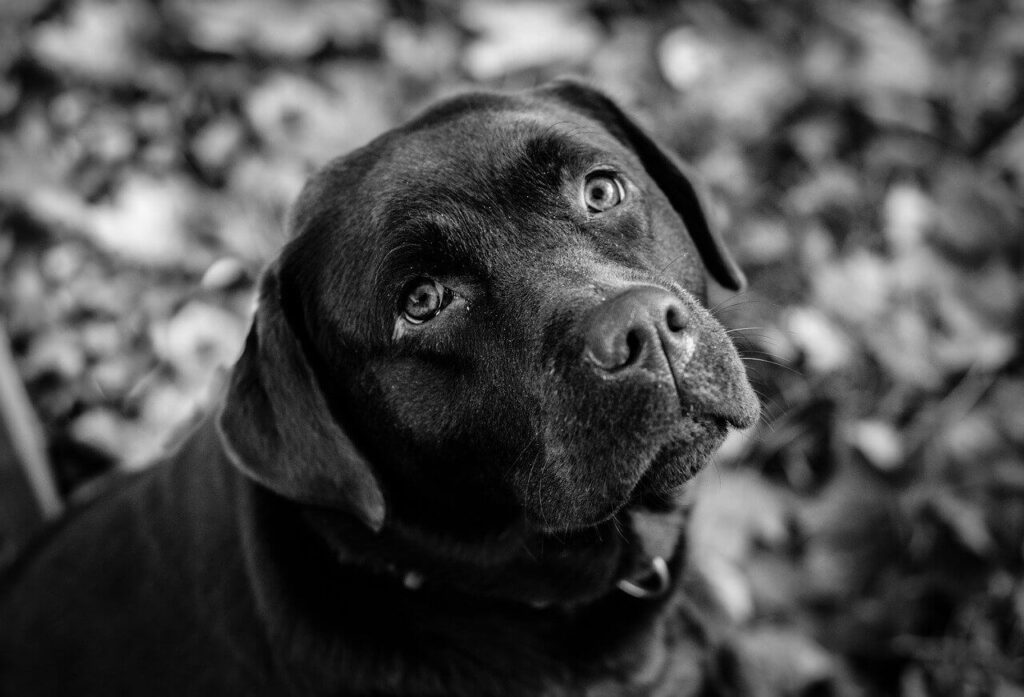
You want to make sure that this neutral area is as free from other stimulation and distractions as possible. This is to allow the dogs to concentrate on getting to know each other without other influences affecting the meeting.
You want a calm and mellow environment for this initial meeting.
Try to also limit other dogs around, so as to not affect the dog dynamics. Don’t do this in a really exciting place for dogs, like your friend’s house, or at a dog park with other dogs present. It’s best if you can limit it to just your new dog and current dog.
For example, if you head to the park for the initial introduction and find there’s a large group of people having a picnic, a sporting event, concert, food truck, or something similar occurring at the park, you might want to choose a different location.
Or at least head over away from as many distractions as you can.
If you have a Labrador Retriever, you might find them being so distracted by noise, people, and food that the initial meeting doesn’t really allow the dogs to interact at all, or for you to assess their meeting.
A quiet, neutral, outdoor space is our best recommendation for this initial meeting.
Once you’ve chosen the right location, let’s look at what to do next in introducing a new dog to your current one.
Start Slowly and Build Up Time Together
It’s important to take this process slowly and not to rush.
Remember, for your current dog, they’re meeting a new friend.
But for your new dog, they’re meeting a new friend, a whole new family, and a new home environment. It’s a lot of change to take in!
It’s helpful to have an additional person with you to hold one dog, while you hold the leash of the other, if possible.
If you’re bringing another person, try to make sure it’s an adult who your existing dog already knows. It will make the process a little bit easier if it’s one less new thing you’re introducing.
Start with an initial meeting of just a few minutes and then allow the dogs to take a break and interact again.
Watch carefully how the dogs initially interact with one another.
One dog may initially become more aggressive and forward with the other dog, or one dog might initially become shy or timid.
Watch for signs of stress and agitation in both dogs. Your Labrador might tuck its tail, drop its torso to the ground, and may possibly roll over and show its belly to the other dog.
Other signs of unhappiness and stress in dogs can be excessive licking, ears back, growling, and teeth-baring.
Some other dog-introductory behaviors you might observe are that one dog might raise a hackle of fur along its back, try to jump on (or hump) the other dog, or bark and play bow while trying to engage the other dog.
This doesn’t mean that’s how their relationship will permanently be. It can just be a sign of how each dog handles greeting a strange dog they’ve never met.
Allow the dogs to interact with your supervision. Keep them each on a leash and gradually allow them to come closer to sniff each other and investigate.
Don’t release them off leash to run together yet. We don’t recommend you let them run in a dog park at this time either.
They should still remain under your control. Give the dogs time in small increments to gradually sniff and get to know each other.
Your mannerisms and mood are important here as well. You’ll want to remain calm and confident while introducing a new dog to your current dog and try not to be overly excited or agitated in your words, tone of voice, and behavior.
Your current dog could possibly pick up on any agitation from you and become very protective of you.
If it appears to be going well, and you’re outside your home, give the dogs a break from each other and gradually take them back home.
You’ll want to keep both dogs leashed, secured, and separated still at this point, as this change in location can cause them to change how they’re acting as well.
Don’t Force Interaction or An Immediate Bond
Let your current dog and new dog have short periods of getting to know each other, followed by frequent breaks.
We suggest you start with a 5-minute introduction, take a break, and then gradually allow that time to increase each time.
Watch how your current dog and new dog seem to be reacting to one another, especially as time increases. Don’t leave them alone with each other just yet, and keep supervising them closely.
We suggest you create a space in your home for each dog to have their “quiet area,” which is a place they can go to take a break from both interaction and play with the other dog.
If either the current dog or new dog is already crate trained, putting their crate in another room with the door open will allow them to retreat to their “safe space” if and when they begin to get agitated.
Sometimes dogs will react with aggression when they are tired and overstimulated. So it’s a good idea to give each dog a place to go to be calm and quiet when they’ve had too much.
If you’re dealing with a new puppy, they won’t likely be crate trained yet, and they won’t understand the quiet place of separation at this point. So we suggest you give your current dog a place to go quiet down and create a “puppy place” away from the current dog to use as break time, within your area of supervision.
For example, you can use a baby gate or puppy gate to separate the puppy into one room of your home (where you can supervise) while you’re current dog can relax to another part of the house.
The most important thing is that you don’t want to initially overwhelm either dog with constant play and attention together, even if the process appears to be going well and the dogs seem to be getting along.
You might notice that your current dog changes their behavior when you arrive back at home. A dog that was playful and friendly at the park might become more territorial once back at home.
Give the dogs plenty of room to back away from each other and create break time for each dog, even if you think they don’t necessarily need it.
A tired or overstimulated dog can react in ways that are uncharacteristic of their typical temperament, so it’s important to allow each dog to have a break and recover.

It might help once you’re at home to also put away any special dog toys that your current dog has which could cause a fight, for now.
You can bring them out at a later time, but it’s best to not have any other distractions on the scene right now. Your new dog will already be slightly overwhelmed with all that’s going on, and your current dog might be feeling a bit jealous or territorial (especially regarding a favorite toy!).
Continue to allow both dogs while supervised and in your care to gradually increase the amount of time they spend together.
If one dog is indifferent to the other, or if they act like they don’t immediately love each other, give them space so they don’t become aggressive.
Don’t force the relationship at the beginning. Introducing a new dog is a gradual process and one that you won’t want to rush if you’re hoping to create a friendly bond between them.
Ask For Help If You Think There’s a Problem
Sometimes introducing a new dog to your home and family with an existing dog in your household is fast and easy, and they become instant friends.
Sometimes it takes a little bit longer, or you need extra help. Don’t give up on their relationship and don’t give up on either one of your dogs!
Over time your dogs will work out their relationship and likely come to a happy bond with each other.
This is especially true with Labrador Retrievers, who are generally friendly and thrilled to have another dog join the pack.
Occasionally though, despite your best efforts, your current dog and your new dog might just not hit it off.
Don’t worry if this process take a few days or weeks. It’s OK if it seems like they aren’t immediately loving each other like you thought they would!
However, over time, if you’re still seeing signs that concern you, like aggression, hostility, serious conflict, or one dog attacking another, don’t be afraid to seek help.
Sometimes dogs have behavioral issues that really need the help of a professional trainer to resolve.
You can find a dog behaviorist or call out a trainer to resolve specific and complex issues. The Association of Professional Dog Trainers has a directory that you can use as a place to start if you feel like you need additional support.
If you’ve gone through a Labrador rescue, your rescue likely has amazing volunteers that might be able to guide you also.
They can also be a resource to seek help from if either your new dog or current dog just can’t seem to cohabitate in harmony. Allow time for this adjustment, and don’t rush the process.
Don’t leave the dogs alone together without supervision if you’ve seen any signs of aggression or ongoing conflict between them. It’s not worth jeopardizing either dog’s safety until you’re able to resolve their issues.
Many of the rescue foster parents and volunteers working for rescues have experience introducing a new dog into a multi-dog environment and can be a great place to ask for additional guidance.
Summary – Introducing a New Dog to Your Current Dog
Bringing a new dog into your household is a joy, but not without a few challenges. Introducing a new dog to your current dog can be a little bit tricky at first, but if you take these careful steps, things will go more smoothly for both you and your dogs.
Our goal is that you are able to add an additional furry family member with the least amount of disruption to your current dog and their environment. We want the process of introducing your new dog to your current dog to be a huge success!
